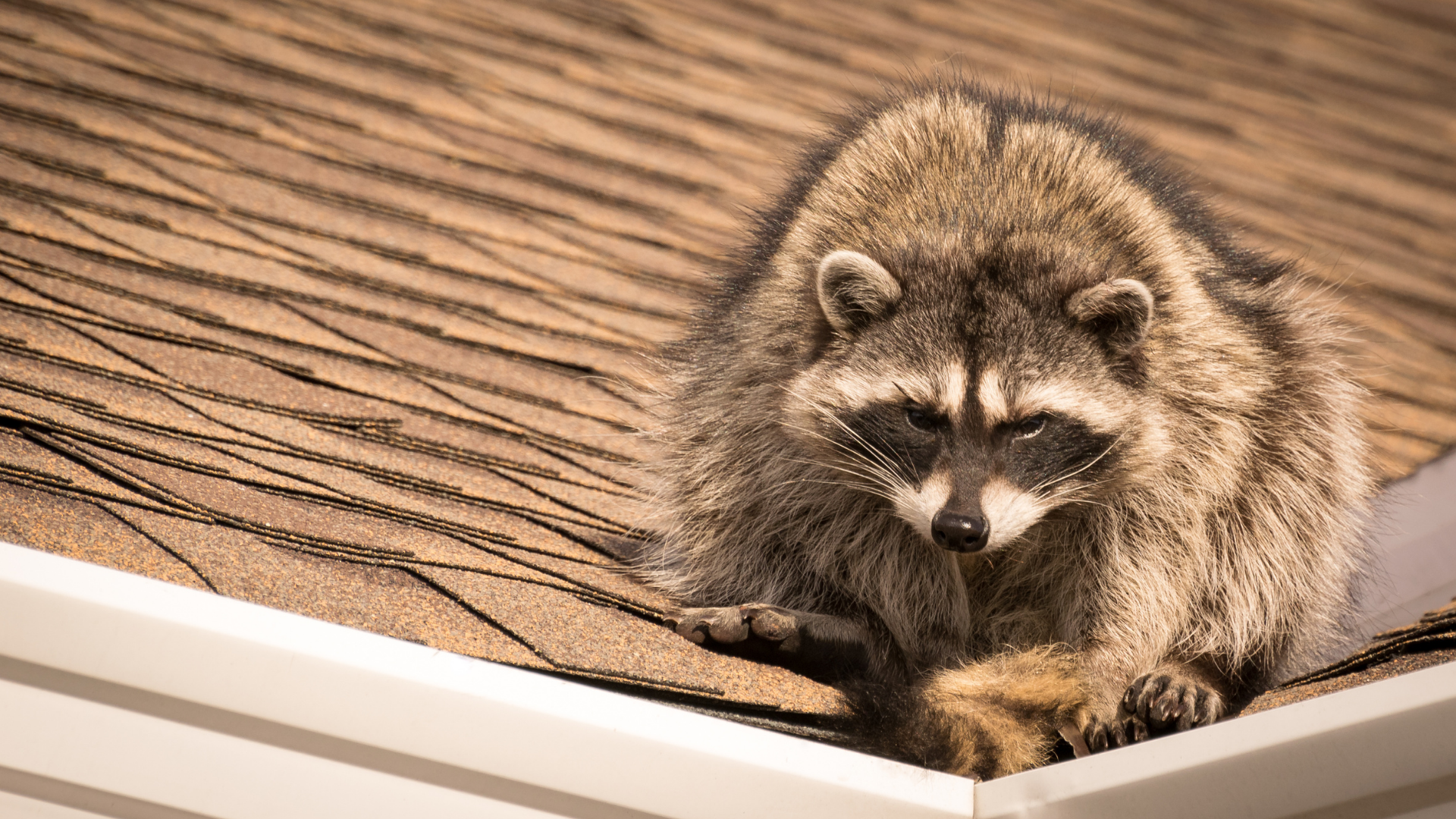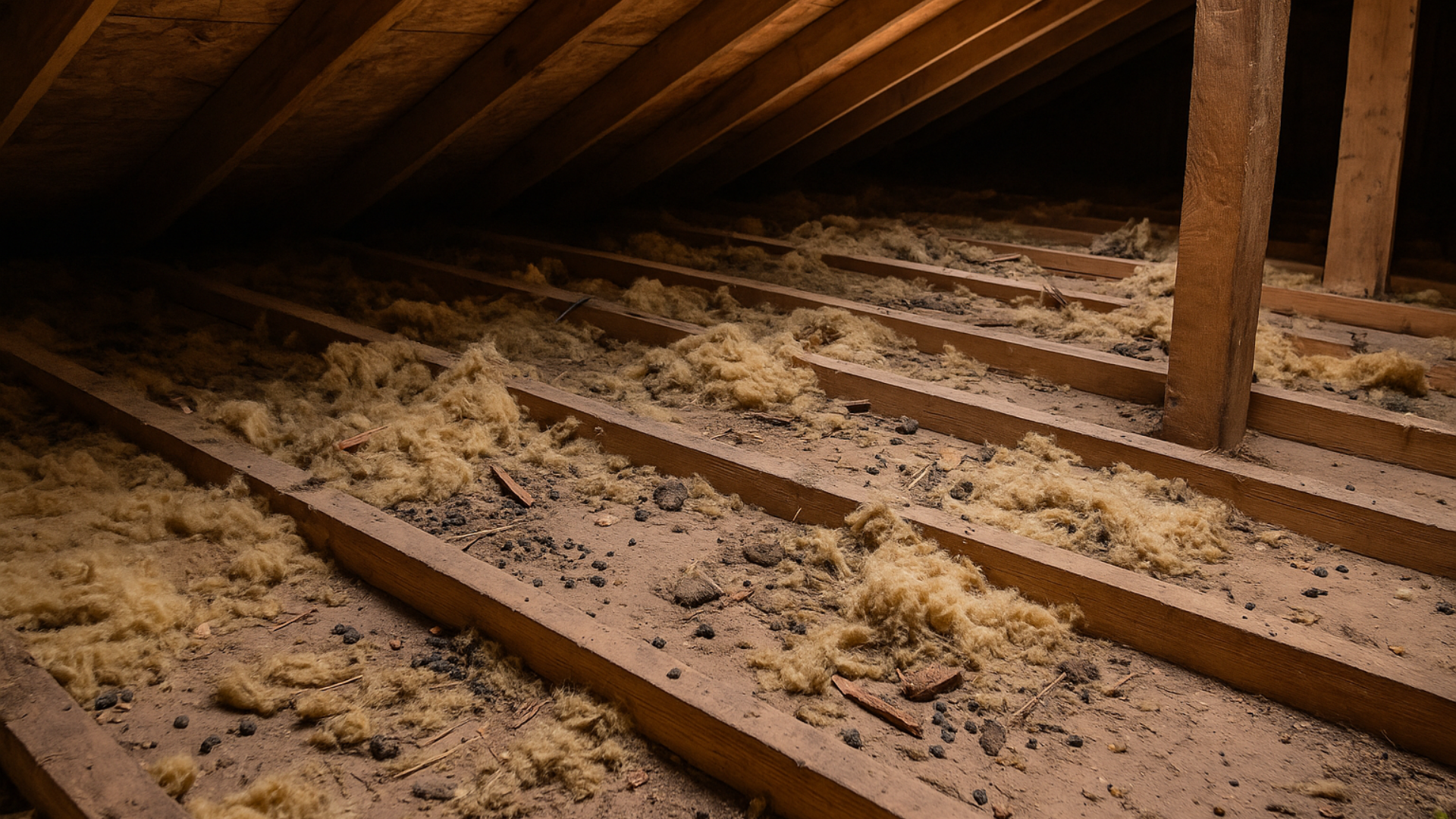Pest Damage Can Delay Home Sales
Home Sale Delays From Pest Issues
When a homeowner puts their property on the market, there's a silent countdown ticking. Everything, from curb appeal to fresh paint, has been carefully planned. But all that effort can unravel the moment an inspector pulls back a piece of siding or peeks into the attic and finds traces of pests. Insects, rodents, or wildlife don’t just chew wires and scratch at beams—they chew away at buyer confidence, too. Even minor signs like droppings or nesting material can raise red flags during a home inspection, causing potential buyers to hesitate, renegotiate, or back out entirely.
It's not unusual for sellers to be unaware of an infestation until that critical inspection. Pest activity often hides behind walls, in crawlspaces, or under insulation—well out of sight but not out of impact. Inspectors are trained to look for the subtle giveaways: gnawed wood, discolored ceilings from urine stains, unusual odors, or insulation that looks torn up. Once it's documented in an official report, the clock doesn’t just tick louder—it nearly stops. Buyers might request expensive remediation or demand that the asking price take a nosedive. Worse, they might just walk.
Even when the signs aren’t alarming on their own, they can signal bigger issues that haven’t been uncovered yet. One raccoon in the attic could lead a buyer to wonder how long it’s been there—and what kind of long-term damage might be hiding behind the drywall. It doesn’t take much to turn curiosity into concern, and concern into lost interest. Additionally, if pests are found in multiple areas of the home, it may raise questions about whether the problem is widespread, recurring, or indicative of deeper structural vulnerabilities.
The Cost Of Delays And Broken Deals
When pest damage turns up late in the selling process, it throws a wrench into more than just paperwork. Time, money, and trust start leaking from the seams of the deal. A home that was set to close in 30 days can find itself sitting on the market for months, accruing extra mortgage payments, utilities, insurance, and maintenance costs. And let’s be honest—homes that go back on the market after a terminated sale tend to carry a stigma. Buyers talk, and agents dig. A little note in the disclosures about “previous pest treatment” can scare off someone who otherwise might’ve been ready to make an offer.
That kind of delay can also have a domino effect. Sellers planning to buy another home might lose their financing or the property they were hoping to move into. For those relocating for work or downsizing after retirement, unexpected setbacks like this add stress and uncertainty to an already high-stakes moment.
And it's not just about the pests themselves—it’s about what they leave behind. Rodents can damage HVAC systems, raccoons might tear apart ductwork, and insects like termites quietly compromise the structural integrity of support beams. Even if the pests are long gone, their mess and damage often remain, and cleaning that up isn’t something most buyers want to inherit.
Lenders may also get involved once an issue is flagged. If an appraisal mentions pest-related concerns or structural damage from past infestations, the buyer's bank might hesitate to approve financing until everything’s resolved—and documented. That could mean weeks of back-and-forth, re-inspections, contractor quotes, and additional paperwork before the sale can move forward. Sometimes, buyers may request a second independent inspection to verify the remediation, which further drags out the timeline and increases the likelihood of second thoughts.
Prevention Plays A Bigger Role Than You Might Think
The key to avoiding these last-minute headaches is catching problems early—or better yet, preventing them entirely. Keeping up with pest prevention isn’t just about comfort while living in the home; it’s also an investment in the property’s future value. Regular maintenance, professional inspections, and discreet wildlife management can make a world of difference when it comes time to sell.
Buyers are savvy, and more of them are requesting pre-inspections or bringing in their own specialists to evaluate a property beyond the standard checklist. That means things like bat guano in the attic, wasp nests in the eaves, or even the faint scent of skunks under a deck might not go unnoticed. Homes with a clean bill of health in this department simply show better, appraise more favorably, and sell faster.
It’s worth noting that DIY fixes don’t usually cut it. A trap or a bit of sealant might stop a raccoon for a week, but it’s not a long-term solution. Professional wildlife control and damage repair not only removes the animals but addresses the pathways they used and the destruction they caused. That comprehensive approach reassures buyers and keeps deals moving.
And prevention doesn’t need to be complicated—it just needs to be consistent. Making sure crawlspace vents are intact, sealing off access points in soffits and fascia, and scheduling seasonal checks are all small steps that have a big impact when selling. These kinds of proactive measures communicate care and attention, qualities that resonate strongly with potential buyers. Investing in a pest prevention plan isn’t just protection—it’s presentation.
Your Reputation As A Seller Is On The Line
The story your house tells matters. When a buyer walks through, they’re picturing their life in that space. If they hear scratching sounds or see a stain on the ceiling that turns out to be from squirrel urine, that story changes fast. Suddenly, it’s not about cozy Sunday mornings or backyard barbecues—it’s about exterminators and home repairs.
Buyers want assurance that they’re not inheriting a problem, and agents want to be confident in the homes they’re showing. Sellers who’ve taken proactive steps to manage pest issues are far more likely to leave a positive impression. It shows responsibility, pride of ownership, and an understanding of what it means to pass a home on to someone else.
In competitive markets, even small blemishes can tip the scales. If two houses are similar in size and price, but one has a clean inspection report while the other has even mild pest-related findings, the choice becomes pretty clear for the buyer. Sellers who overlook this part of home prep risk losing out to properties that took the time to get it right.
And sometimes it’s not just about avoiding pests—it’s about showing that you’ve kept the home in good shape overall. Wildlife problems often go hand in hand with other maintenance concerns. If a raccoon found its way in because of a rotted fascia board, buyers may wonder what else has been neglected. Managing one issue well can signal a broader pattern of responsible upkeep.
As professionals in wildlife control, we’ve seen how pest problems can complicate even the most promising home sale. The damage might not be visible at first glance, but inspectors and buyers are looking beneath the surface. If you’re thinking of selling—or you’re already in the middle of the process—it’s worth addressing these concerns head-on.
At Veteran’s Pride Wildlife Control, we specialize in discreet, thorough removal and repair services that help homes pass inspection and make strong impressions.
Contact us if you're looking to avoid last-minute surprises and keep your sale on track. We're here to help ensure your home tells the right story from the very first showing.










